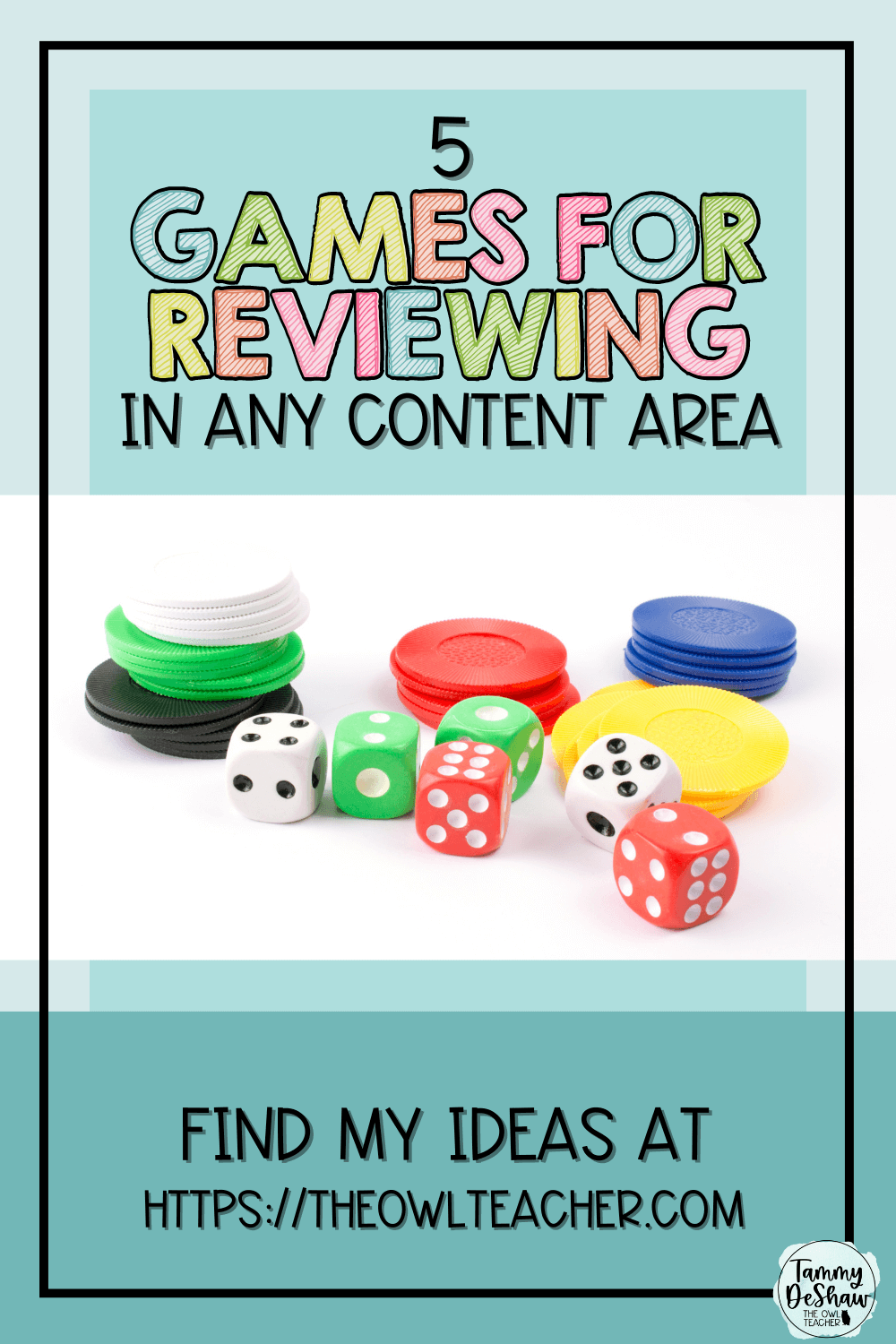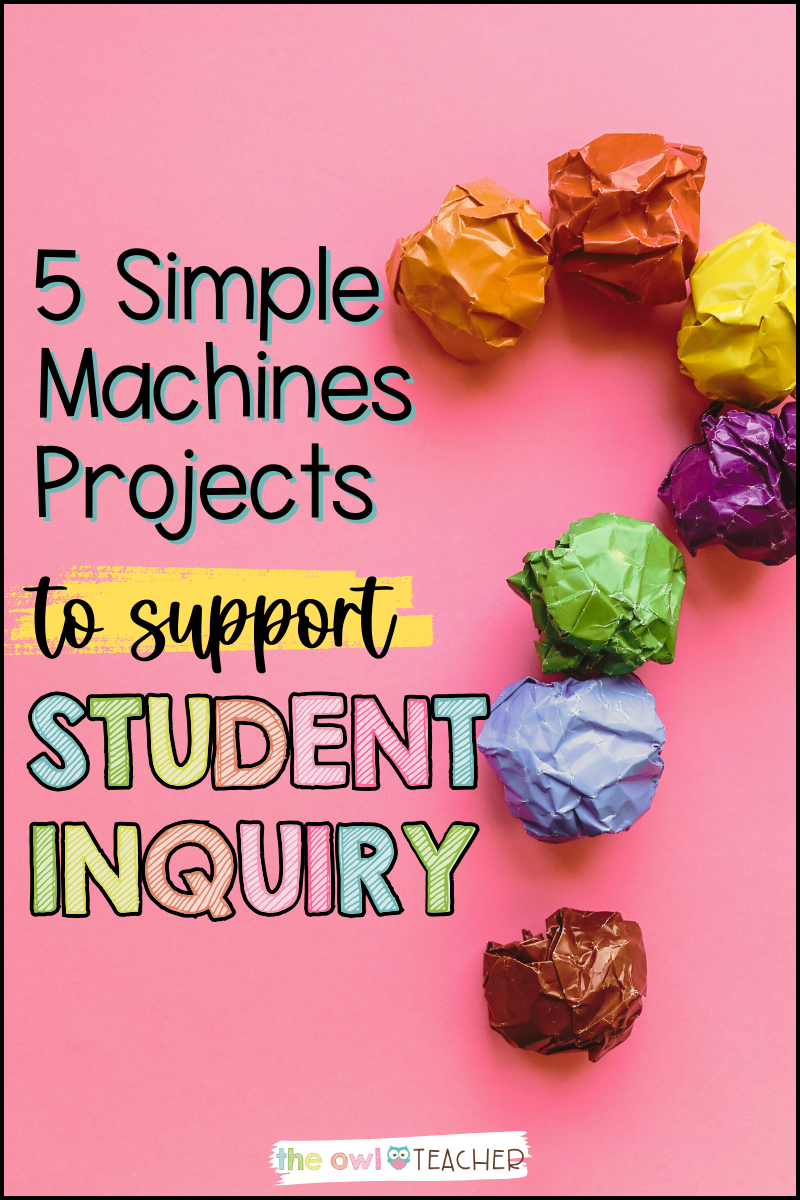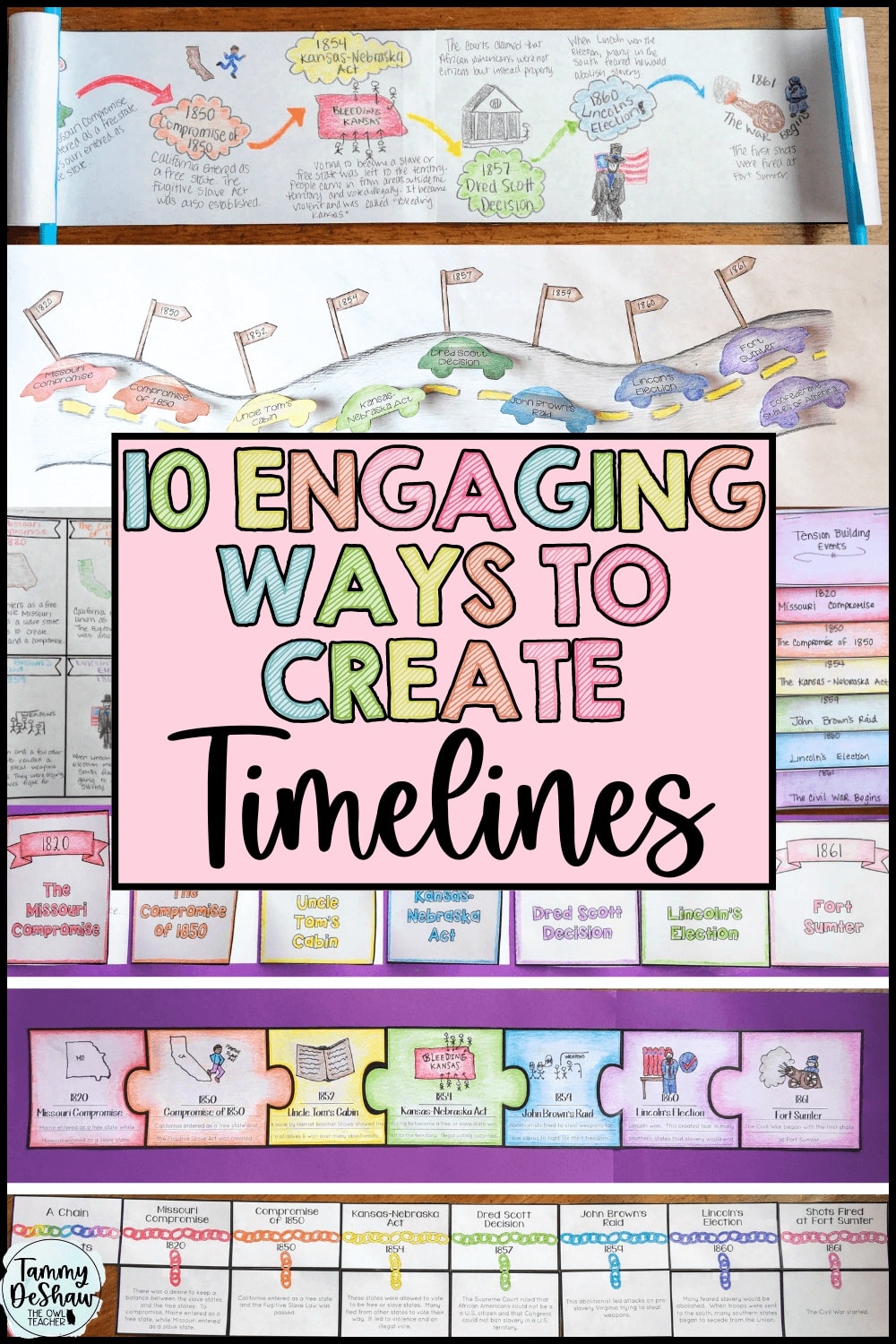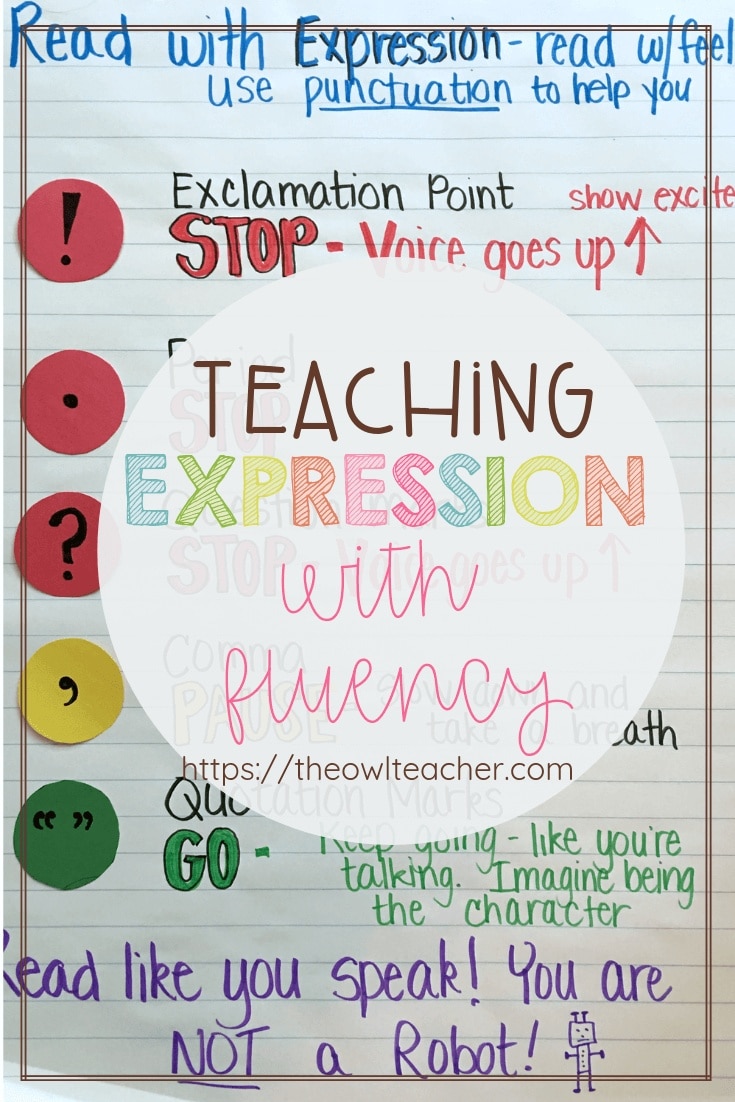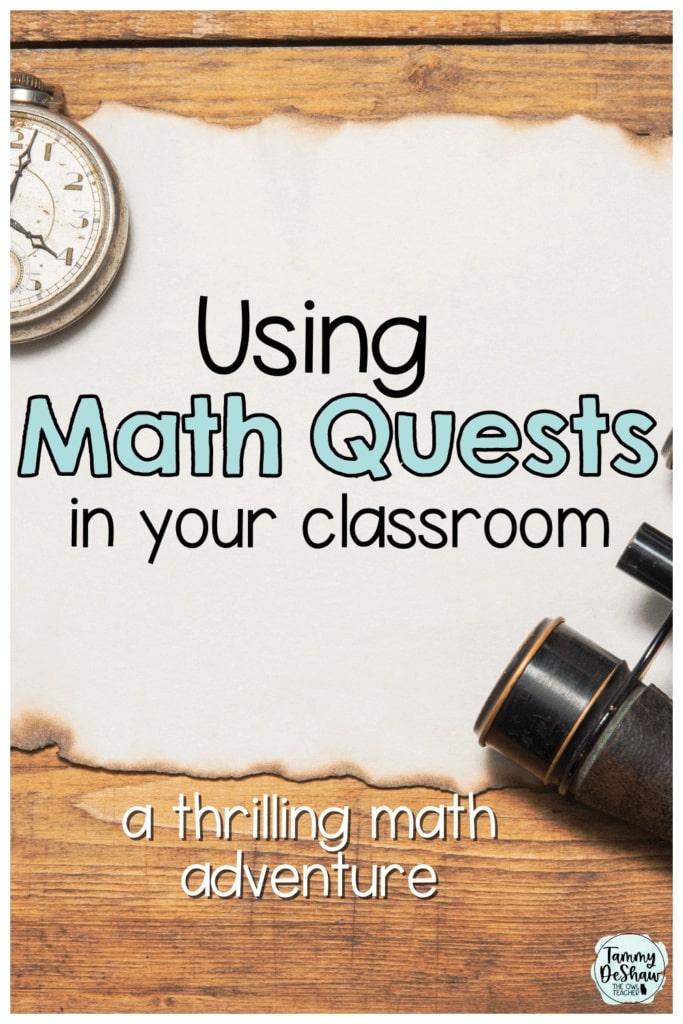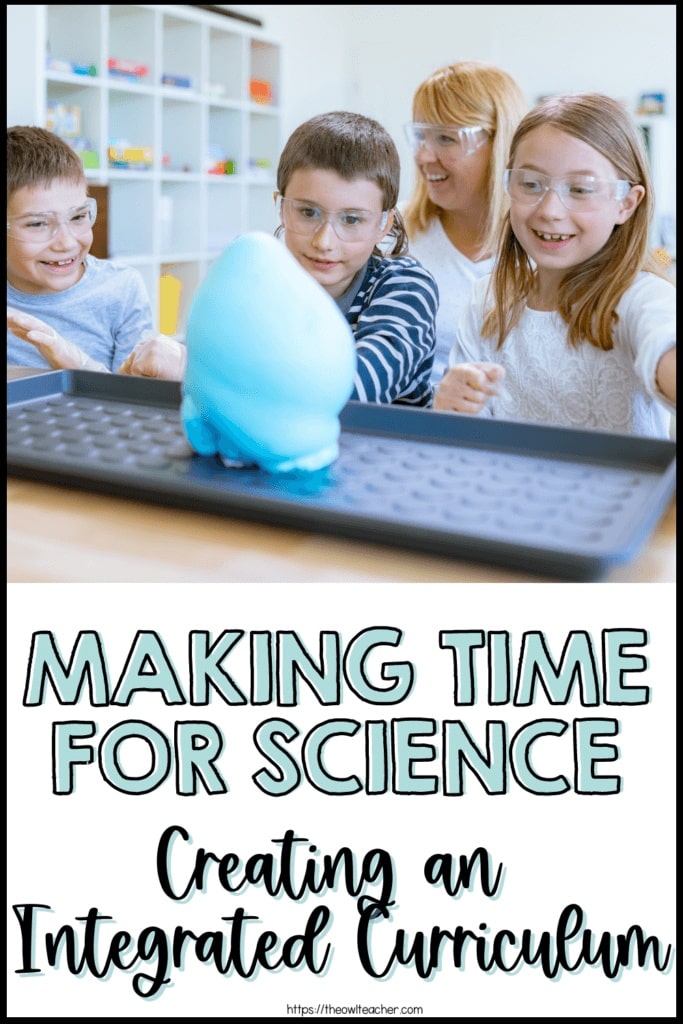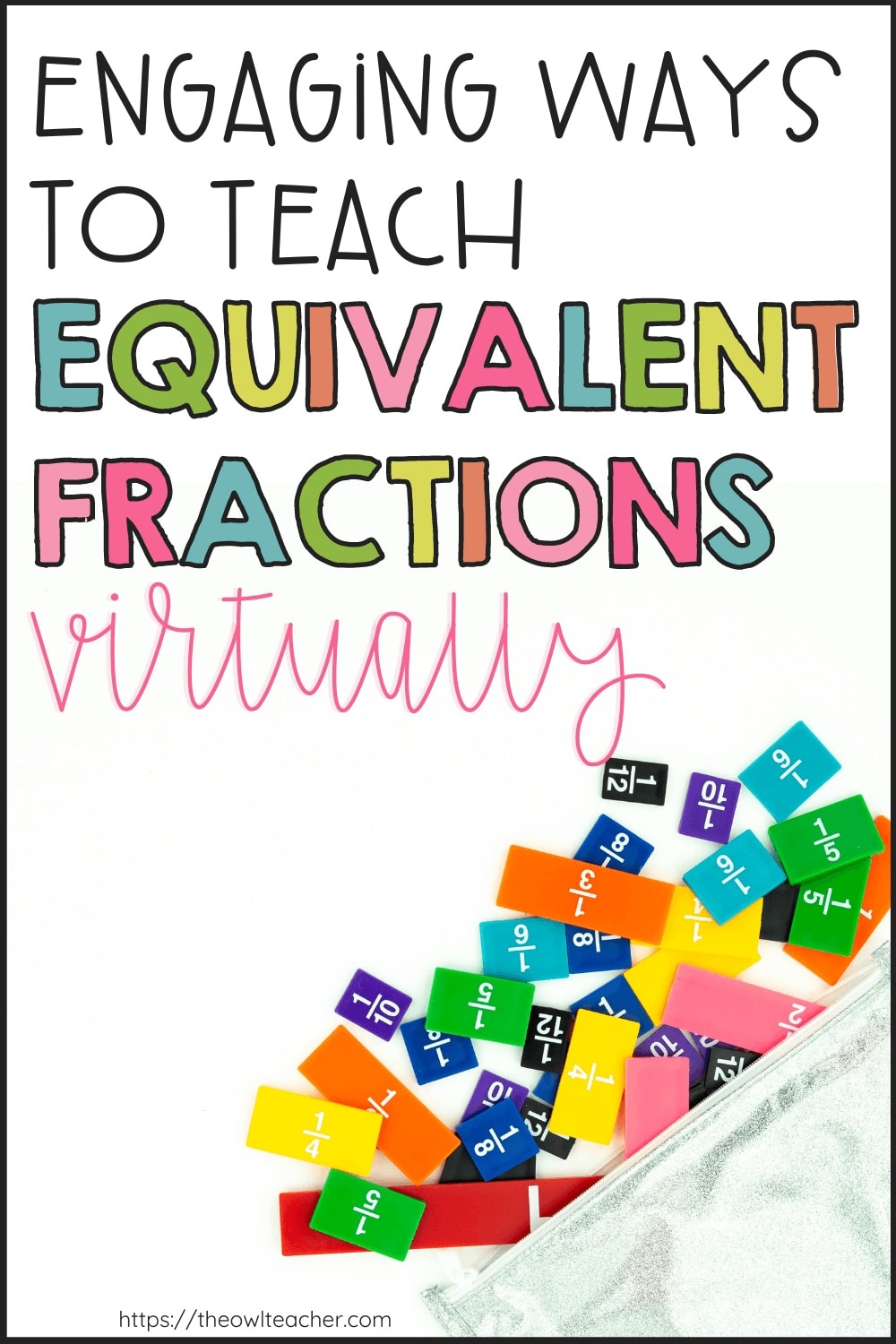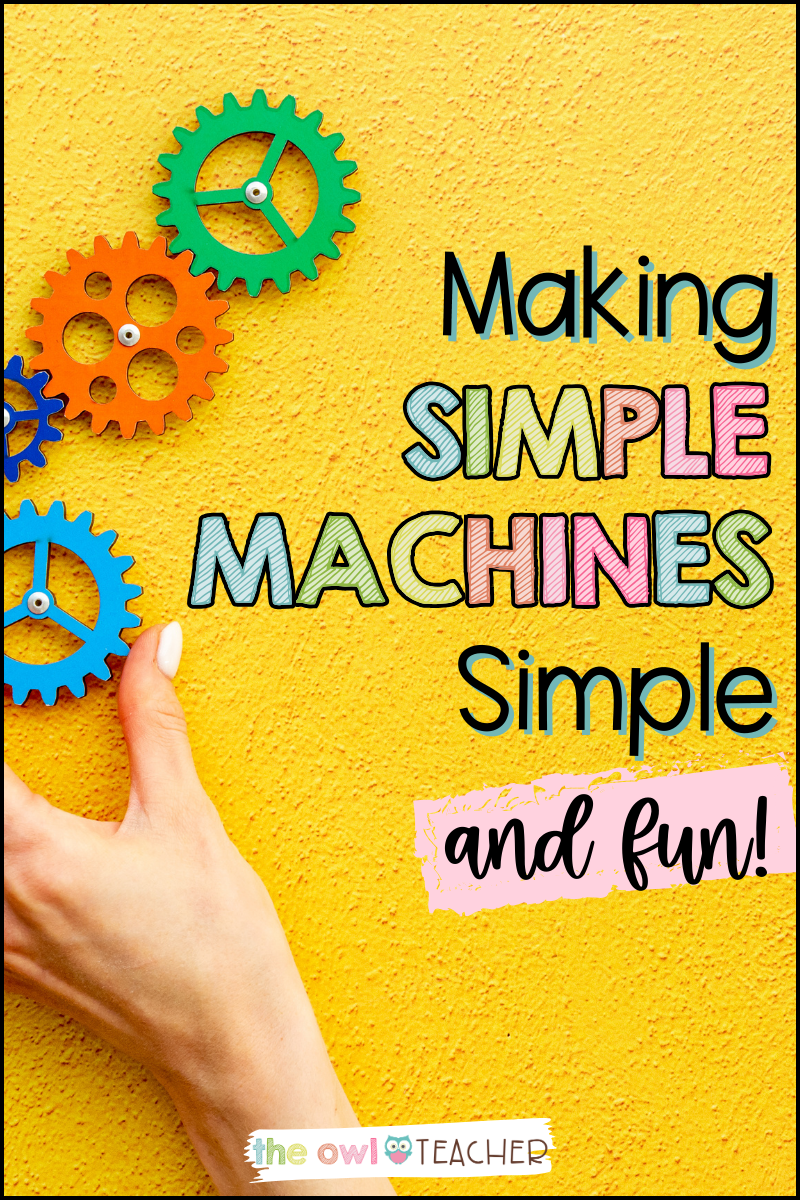
If I’ve stated it as soon as, I’ve stated it one million occasions: we’re firmly planted within the Digital Period! All over the place you look, there’s new know-how sprouting up with the promise of creating our lives simpler and extra streamlined.
Nonetheless you’re feeling about know-how, it’s vital to recollect what makes these gadgets tick: easy machines! Easy machines are just like the supporting actors of the trendy world. Whereas they don’t normally spend any time within the highlight (when was the final time you had been impressed by a pulley?), they’re nonetheless the spine of all our fancy devices and methods!
Within the easy machines Corridor of Fame, there are six basic superstars: levers, wheels and axles, pulleys, inclined planes, wedges, and screws. If these easy machines are so vital, although, then how will you ensure your college students are constructing all of the data they want for a powerful bodily science basis? There’s no easy machine for studying!
Or is there? Okay, no, there’s not, however the appropriate ways can do a ton of heavy lifting whereas saving you plenty of effort… Identical to a easy machine! With that in thoughts, let’s discover some easy machine actions for higher elementary college students. They’re positive to take a load off your shoulders!

Defining Easy Machines
Earlier than diving into these actions, nevertheless, take a second along with your college students to go over the fundamentals. With out understanding the definitions of every of the six easy machines, your kiddos received’t be capable to inform a pulley from a pinwheel!
Remember that a strong understanding of the real-life functions of easy machines helps college students attain requirements and excel in these actions. Not solely that, however understanding these bodily science ideas would possibly simply sooner or later assist out certainly one of your college students caught in a pinch… Because of your efforts as a unprecedented educator, they’ll keep in mind the best way to construct a pulley system to raise their couch as much as their third ground house!
True story, by the best way.
Regardless, let’s ensure that your college students perceive the fundamentals of the six easy machines—it’s time to make like a wheel and roll into these definitions!
Levers
First up in our repertoire of easy machines is the lever. Some frequent examples of the lever are seesaws and crowbars! In the end, levers assist raise heavy weights with out breaking a sweat; it’s like having tremendous power!
So how do they work? Levers have a bar that pivots at a set level, referred to as the “fulcrum.” The neat half is the flexibility: the longer the space from the fulcrum, the extra weight the lever can raise.
Wheel and Axle
Up subsequent on our agenda is everybody’s favourite dynamic duo: the wheel and axle! This group makes the world go spherical—actually! Our on a regular basis commutes are made simpler by bicycles and vehicles, which wouldn’t run very nicely with out wheels and axles to show them on.
College students ought to be capable to determine using wheels and axles nearly instantly: they assist us transfer issues extra effectively, from individuals to industrial instruments. The wheel turns across the axle, and with only a push, off you go!
Pulleys
Should you want a heavy object moved up someplace excessive, pulleys are the best way to go! Of all the easy machines, pulleys are just like the cranes. With a wheel, a rope, and slightly effort, you possibly can raise these couches as excessive as you want!
After all, pulleys don’t cut back the load of an object; moderately, they alter the course of the drive, which makes lifting an object require a lot much less drive on our finish. Helpful! How did individuals ever raise sofas earlier than the pulley was invented?
Inclined Planes
Inclined planes aren’t solely useful—they’re enjoyable, too! When your college students head out to recess, they’re seemingly going to take a experience on an inclined aircraft within the type of a slide. Hooray for physics!
On the useful facet, inclined planes permit us to maneuver objects from one level to a different on the Y axis safely and with much less effort. It’s a lot simpler to maneuver heavy objects alongside a mild incline moderately than making an attempt to hold a desk up or down a set of steep stairs. That’s why shifting vehicles have ramps! It’s like taking the scenic route as a substitute of climbing a rugged mountain. As well as, inclined planes work significantly better with wheels and axles than stairs do!
Wedges
When somebody wedges themselves into your dialog, it splits your consideration away from the pal you had been initially speaking to. In truth, it might even break up up your dialog totally—such is the character of the wedge.
Wedges within the bodily science area aren’t so totally different. A wedge is 2 inclined planes back-to-back, and so they’re all about reducing or splitting an object aside! From knives to axes, wedges make splitting a log or reducing your sandwich a breeze.
Screws
Final however not least in our easy machines assortment is the screw. A screw is an inclined aircraft wrapped round a cylinder, which is a definition I honestly solely have memorized verbatim due to The Massive Bang Idea… Whoops! (Word: that clip is unquestionably PG-13. ;-))
From holding issues collectively to opening corked bottles, screws are the easy machines protecting the world intact. Thank a screw immediately for its arduous work!
With all these easy machines, you may virtually make a playground! In truth… I feel you may! Draw a playground on the whiteboard (or have college students create one on paper), and have your class work in teams to attempt to discover examples of all the easy machines. You could have to take artistic liberties with some, like utilizing the merry-go-round as a wheel or pretending the swing set works as a pulley!
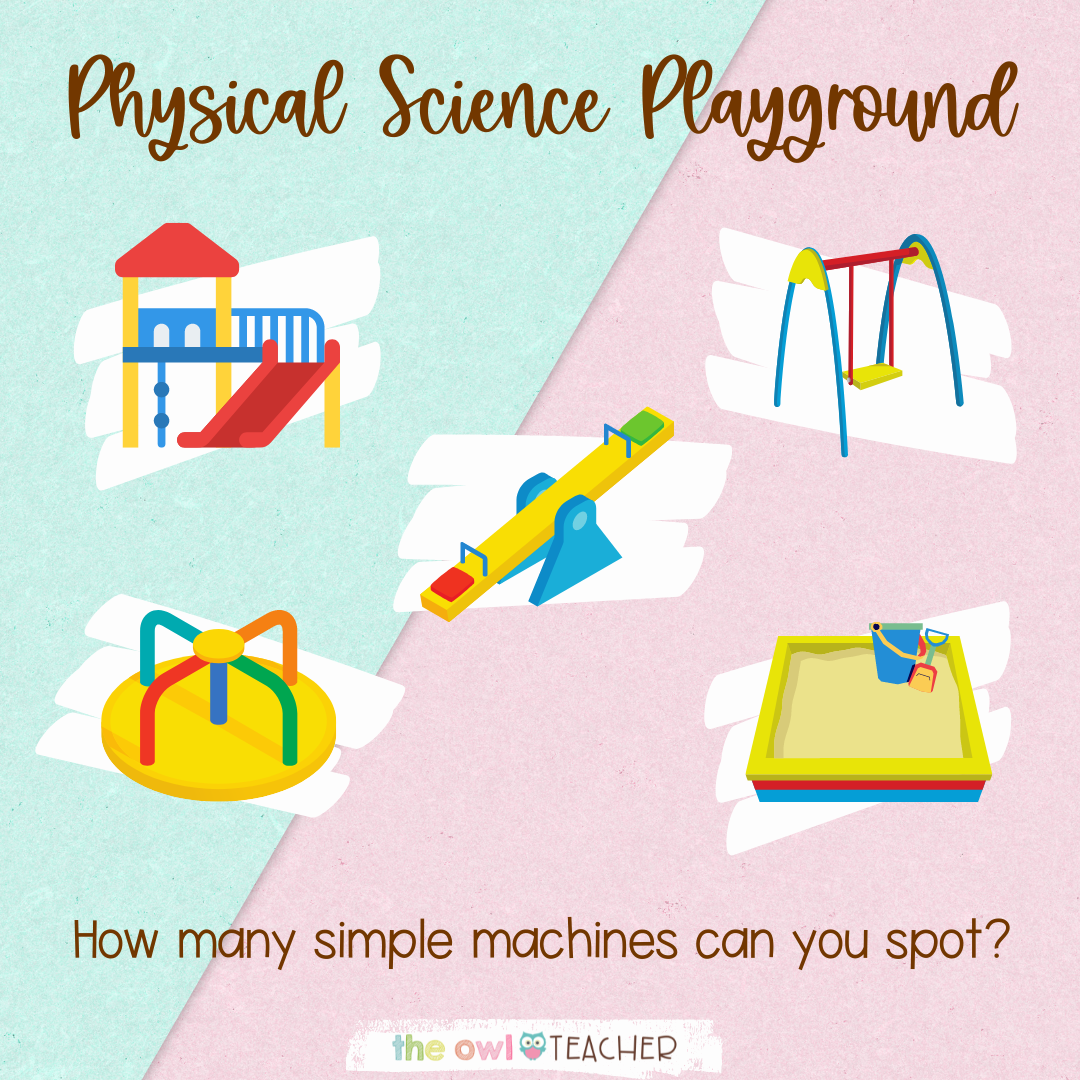 The lever is a seesaw, the pulley is the swings, the slide within the inclined aircraft, the shovel within the sandbox is the wedge, the merry-go-round is the wheel and axle, and the screws maintain all of it collectively!
The lever is a seesaw, the pulley is the swings, the slide within the inclined aircraft, the shovel within the sandbox is the wedge, the merry-go-round is the wheel and axle, and the screws maintain all of it collectively!
Now that we’ve coated fundamental definitions and the aim behind these six easy machines, let’s take a look at some actions we are able to use to interact kiddos. With a few of these actions, I wish to exhibit them first; nevertheless, these experiments usually work greatest when college students uncover the findings on their very own. After all, this implies sharing clear directions and pointers with the group!
Easy Machines and Actions to Interact
1. Lever Magic Present
Levers is usually a bit tough to know from the definition alone. To assist kiddos grasp this easy machine, attempt establishing a magic present in your classroom! This exercise will assist your college students conceive how levers assist raise up heavy objects.
To start out, you’ll want a ruler, a pencil, a coin, and a small rock for every group of scholars. Then, steadiness the ruler on the pencil in order that the pencil acts as a fulcrum. Subsequent, place the coin on one finish of the ruler and the small rock on the opposite. Now, for the experiment, have the teams roll the pencil from one facet of the ruler to the opposite. Ask your class to debate how shifting the pencil impacts the steadiness!
As an added bonus, you possibly can have every group share out their findings, and even file a video with their group experimenting with the fulcrum on Flipgrid. That’s proper: bodily science and know-how expertise! That’s a win for you and the youngsters.
2. Construct a Pulley System
Subsequent up is my favourite exercise with real-world functions: the pulley system! This straightforward machines exercise demonstrates how pulleys make lifting objects exponentially simpler.
As soon as once more, break up your college students up into teams. This time, you’ll want a small bucket, string, a spool, and a stick, both for your self to exhibit for your entire class or for every group to arrange individually. First, connect the string to the bucket and run it over the spool, which must be hooked up to the stick. Subsequent, fill the bucket with small objects of assorted weights, like water bottles or pencils. Lastly, pull the string to raise the bucket!
Should you’re demonstrating for the category, I extremely advocate letting every group take a flip pulling the string in addition to lifting the bucket individually in order that they’ll examine every methodology and decide which is less complicated. In the long run, ask every group, “How does utilizing a pulley examine to lifting the bucket instantly?”
When sharing out, I like to combine it up! As an alternative of each group studying out their reply to the category, you possibly can attempt alternate strategies, comparable to a Google Jamboard! As I’m positive you possibly can inform, I really like discovering methods to include know-how into classes. In immediately’s world, you gotta construct these digital expertise to pay the payments!
3. Ramp Curler Coaster
Now that we’ve coated levers and pulleys, let’s take a look at one other easy machines exercise for inclined planes: the ramp curler coaster!
The ramp curler coaster demonstrates how inclined planes make shifting objects alongside the Y-axis simpler. For this exercise, you’ll want cardboard, books, and toy vehicles (or any ‘automobile’ object with wheels). First, create ramps utilizing cardboard positioned on prime of stacked books—textbooks work nice, and are simply accessible! Subsequent, roll toy vehicles down the ramps. Have your college students experiment with totally different inclines and surfaces.
After the exercise, ask your college students to discover how the steepness of the ramp impacts the pace of the toy vehicles. Talk about this exercise collectively, then for an added know-how enhance, you possibly can even have your kiddos make infographics in Canva to indicate their understanding!
4. Artful Reducing with Wedges
For our closing exploratory easy machines exercise, we’ll examine how wedges can be utilized to chop and break up objects. You’ll want Play-Doh (or clay), outdated bank cards/present playing cards (or cardboard minimize into triangles), paper, and scissors. Since this exercise is extra hands-on moderately than an illustration, I wish to have each pupil individually experiment with this idea after which share their leads to teams.
First, give every pupil a lump of Play-Doh. Subsequent, use the playing cards as wedges to chop by means of their lumps! Then, examine the wedge-cutting with making an attempt to chop the Play-Doh with simply their arms. You must also permit college students time to chop the paper with scissors and clarify how the blades are wedges, too!
Lastly, ask the query, “How does the form of the wedge make reducing simpler?” Use the think-pair-share technique to have college students share with a associate, then the entire group.
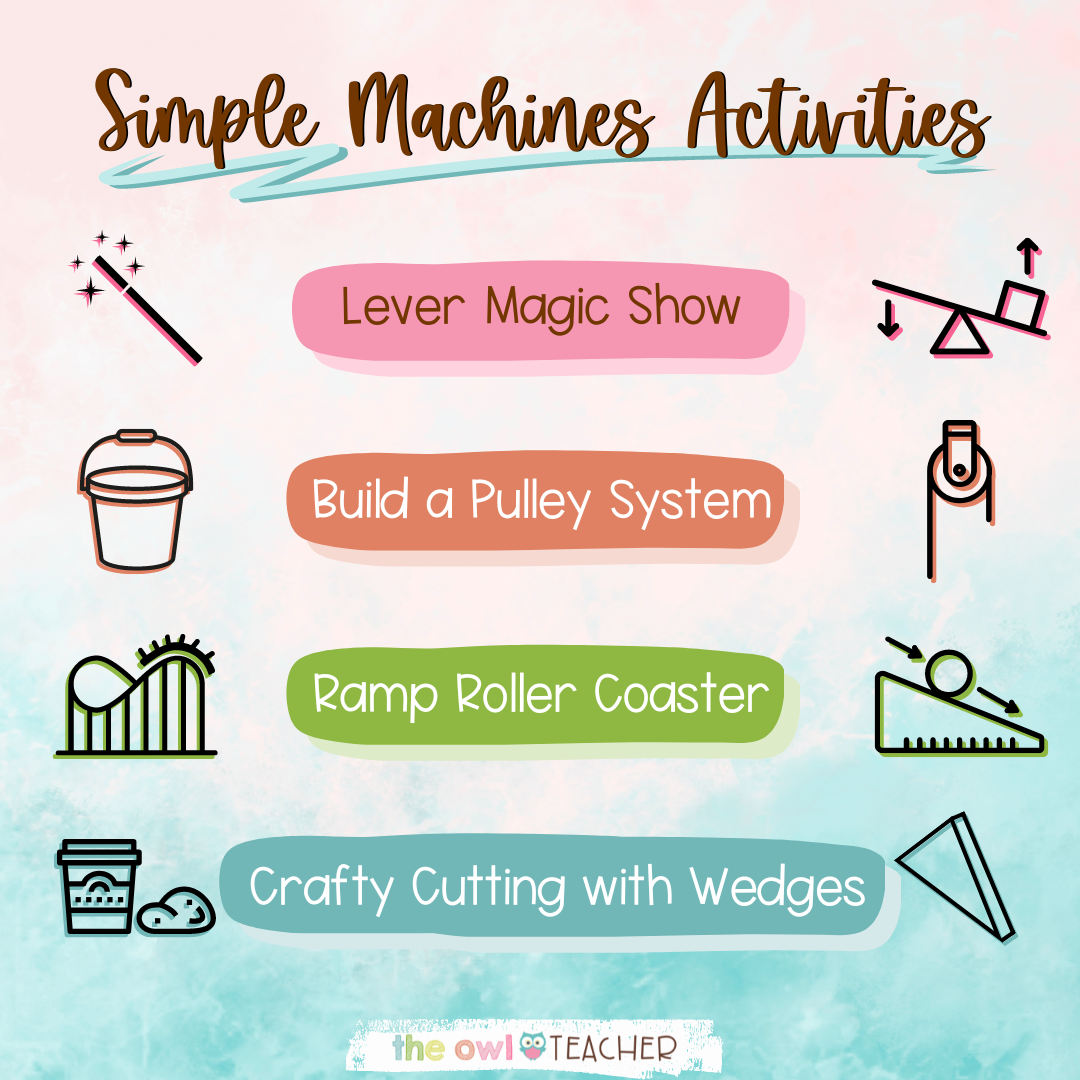
In the end, keep in mind to maintain sharing real-life examples of easy machines as a way to convey these partaking actions to life! Afterward, if you happen to’re in search of one other exercise to wrap up your easy machines unit and canopy all the easy machines collectively, take a look at this Easy Machines Circle E-book Craftivity. It’s printable and digital!
After these actions, invite your college students to discover the 2 remaining easy machines—wheels and axles and screws—on their very own and provide you with their very own investigative actions. What easy machines actions will you utilize in your classroom? Let me know within the feedback under!



